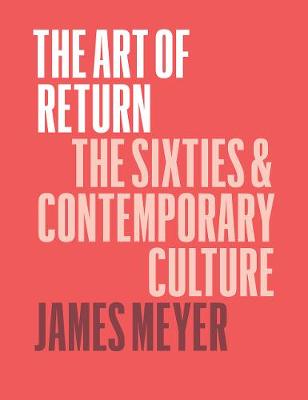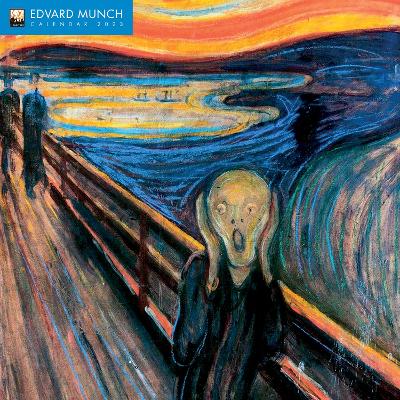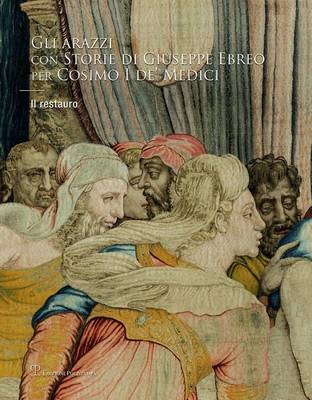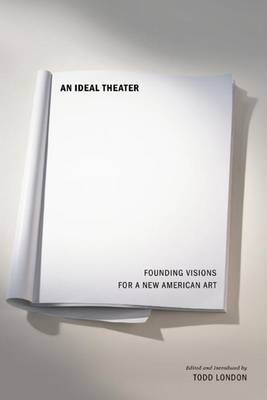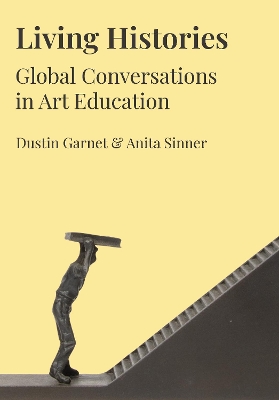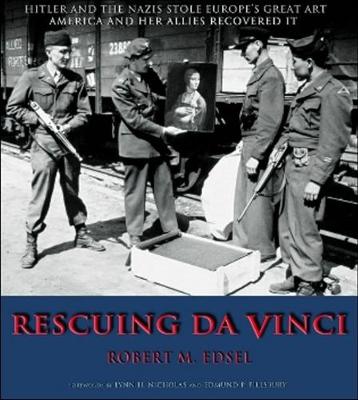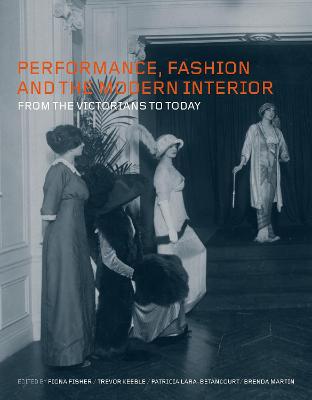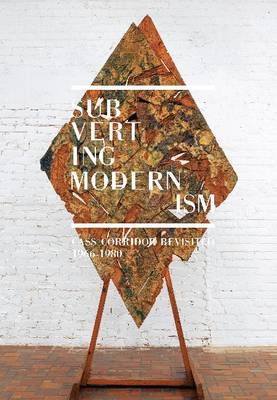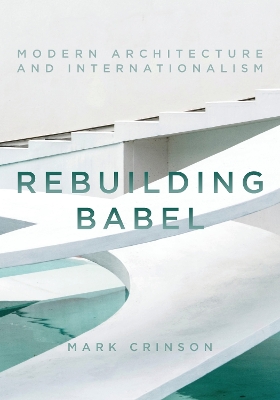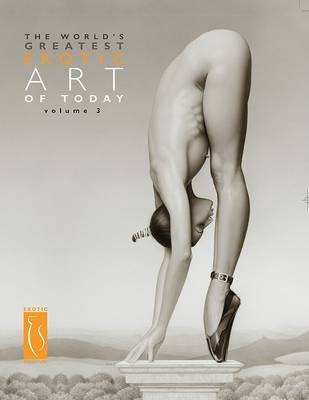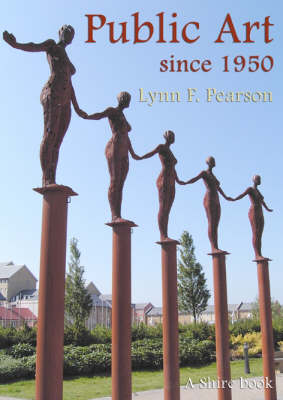More than any other decade, the Sixties captures our collective cultural imagination. And while many Americans can immediately imagine the sound of Martin Luther King, Jr. declaring, "I Have A Dream," or envision hippies placing flowers in gun barrels while staring down the National Guard, the revolutionary Sixties resonate around the world: China's communist government inaugurated a new cultural era, African nations won independence from colonial rule, and students across Europe took to the str...
Art Deco in Detroit (Images of America)
by Rebecca Binno Savage and Greg Kowalski
One of the most important and underappreciated visual artists of the twentieth century, Romare Bearden started as a cartoonist during his college years and emerged as a painter during the 1930s, at the tail end of the Harlem Renaissance and in time to be part of a significant community of black artists supported by the WPA. Though light-skinned and able to "pass, " Bearden embraced his African heritage, choosing to paint social realist canvases of African-American life. After World War II, he b...
The Beginner's Guide to Abstract Art is an inspirational but practical book that will help artists to paint in a less figurative way. Laura Reiter demonstrates different ways to approach an abstract painting from `just a little bit abstract' to `completely abstract'. She does this by focussing on ideas and themes as starting points, looking at the creative processes involved and more unusual techniques. Laura Reiter also covers how to use materials creatively - watercolour, acrylics, mixed med...
Living Histories (Artwork Scholarship: International Perspectives in Education)
Living Histories is a collection of new scholarship that explores histories of art education through a series of international contexts. The first truly international text highlighting histories of art education, with contributions from over 30 scholars based in 18 countries. Art education holds an important role in promoting historical awareness of the multiple relations that connect pedagogic inquiry with culture, heritage, place and identity, locally and globally. To keep pace with the movem...
Performance, Fashion and the Modern Interior
Performance, Fashion and the Modern Interior examines the interior as a stage upon which modern life and lifestyles are consciously fashioned and performed, and from which modern identities are projected by and through design. Scholars from Europe, Canada, America and Australia present a range of interior environments - domestic interiors, sets for stage and film, exhibition spaces, art galleries, hotel lobbies, cafés and retail spaces - to explore each as an intersection of fashion, lifestyle...
"Subverting Modernism: Cass Corridor Revisited 1966-1980" is an exhibition catalog created to accompany a show of the same title to be held at Eastern Michigan University in the spring of 2013. In decline since the 1950s, the Cass Corridor, an area near Wayne State University in Detroit, witnessed an intense efflorescence of artistic activity in the late 1960s and the 1970s. Conventional wisdom has held that these Cass Corridor artists, as they have come to be called, were essentially "urban exp...
Much of modernist architecture was inspired by the emergence of internationalism: the ethics and politics of world peace, justice and unity through global collaboration. Mark Crinson here shows how the ideals represented by the Tower of Babel - built, so the story goes, by people united by one language - were effectively adapted by internationalist architecture, its styles and practices, in the modern period. Focusing particularly on the points of convergence between modernist and internationali...
Henning Christiansen/Ursula Reuter (Danish Contemporary Art Foundation S.)
by Rene Block and etc.
Postwar public art encompasses the wide range of intriguing, curious and colourful artworks, which can be seen in urban and rural locations throughout Britain. From traditional figurative sculptures to the "Angel of the North", these works further the aim of 'bringing art to the people' that became popular following the 1951 Festival of Britain. This beautifully illustrated book reveals the history of postwar public art and provides a detailed guide to nearly two hundred of the most interesting...
George Grosz (1893-1959) was an artist of his times, deeply disturbed by the nationalistic, militaristic, bourgeois tendencies of early 20th-century Germany. Drawing on his talents as a draftsman and caricaturist, he vented his bitterness in pen, ink, and oil paint, focusing in particular on dark, satirical city portraits of Berlin. With grotesque, exaggerated figuration, Grosz pictured an underworld of criminals, lost soldiers, and prostitutes as much as corpulent profiteers, corrupt politician...
